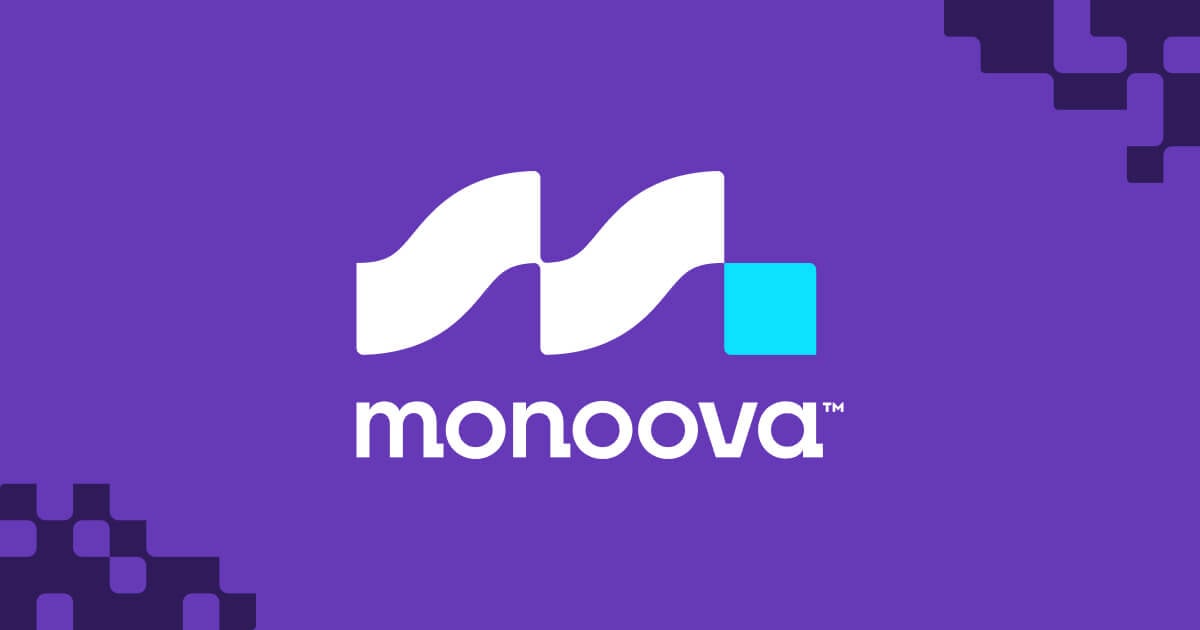In today’s digital landscape, we are dealing with an unprecedented volume of content. Consumers rely on digital media more than ever to inform their decisions, but with the sheer quantity and complexity of content available, how do they determine what’s trustworthy?
This issue is not new—Nielsen’s 2014 study commissioned by inPowered already demonstrated that consumers were five times more dependent on digital content than five years prior, underscoring that, even then, people were searching for authenticity. But today, it’s no longer just about cutting through the noise—it’s about discerning truth from misinformation and disinformation.
The rise of social media and user-generated content has created new challenges for consumers and brands alike. While digital platforms have made it easier for anyone to publish content, they have also made it easier to spread untruths and manipulative information.
From deepfakes to misleading statistics and fake reviews, today’s online landscape can be as treacherous as it is informative. In the current climate, anyone with a social media account and a budget for paid ads can share or amplify almost any claim. Consequently, consumers are not only looking for credible content but urgently need sources they can trust to navigate a complex sea of disinformation.
Credibility Has Never Been More Critical
The Nielsen study from a decade ago highlighted a key insight that remains especially relevant today: consumers respond most strongly to credible, expert content. They found that unbiased, third-party content—content produced by trusted, independent media without vested interests—was most effective at each stage of the purchase journey, lifting brand familiarity, brand affinity, and purchase intent more than branded or user-generated content. This is because independent content builds a foundation of trust that allows brands to engage authentically with consumers.
In a world rife with misinformation, public relations and credible media partnerships have become essential tools for brands aiming to stand out and earn consumer trust. PR professionals are uniquely positioned to guide companies in leveraging trusted third-party endorsements, amplifying authentic voices, and presenting verified information. When used effectively, public relations can be a powerful solution to the problem of digital distrust, helping companies share their stories responsibly and reach audiences who crave transparency.
It is so difficult for consumers to navigate today’s complex digital landscape, especially in light of the ongoing issues with misinformation and disinformation. Although the Nielsen study from 2014 made it clear that consumers trust independent expert content far more than brand-owned or user-generated content, the rise of social media has only intensified the situation. Recent studies continue to support this, showing that consumers now face a flood of digital content, some of it less trustworthy and even misleading.
For example, a 2022 study by Oracle revealed that 37% of consumers trust social media influencers over brand content, and 44% rely on social media ads to make purchasing decisions. This shift highlights how people—especially younger generations—look to sources that feel authentic, even if they might lack credibility or accountability. Additionally, studies indicate that, while consumers might trust influencers or online communities, misinformation often spreads easily across these platforms, creating a challenging environment for consumers seeking reliable information.
To counter this, credible third-party content, produced by journalists and independent experts, remains one of the most reliable forms of guidance for consumers. The Nielsen study found that expert content lifted brand familiarity, affinity, and purchase intent across multiple product categories more than any other content type. This remains true today; third-party expert endorsements continue to build a foundation of trust that branded content alone cannot achieve.
Given these dynamics, public relations has become essential in helping brands convey their message authentically and counter the noise from potentially misleading content. By prioritizing transparent, well-researched content from independent voices, brands can build long-term credibility, providing consumers with the clarity they need to make informed choices.
A Strategy to Build and Sustain Trust
For brands aiming to break through today’s digital noise, adopting a content strategy rooted in credibility is critical.
At the heart of this strategy is a commitment to truth. Independent, third-party endorsements should be the starting point for any brand’s content approach. By leveraging expert voices, brands can build credibility from the outset. This sets a foundation that consumers feel they can trust, making them more open to engagement with the brand.
Once trust is established, brands can introduce their own content to share their mission, values, and innovations. But consumers are increasingly discerning; they won’t respond to brand-led content unless it aligns with a foundation of truth established by credible sources.
At Third Hemisphere, we understand the importance of helping brands communicate in ways that cut through both noise and misinformation. Today’s consumers are looking for brands willing to prioritise truth and transparency above all else.
The Nielsen study was a bellwether, but the stakes today are even higher, with the spread of misinformation affecting not only purchasing decisions but also public opinion and societal trust at large.
As we look to the future, brands that invest in building credibility will be the ones that earn consumer loyalty and stand resilient in a world increasingly shaped by truth and trust.
And for those of us in public relations, the responsibility has never been greater, nor has the opportunity to make a meaningful impact.










